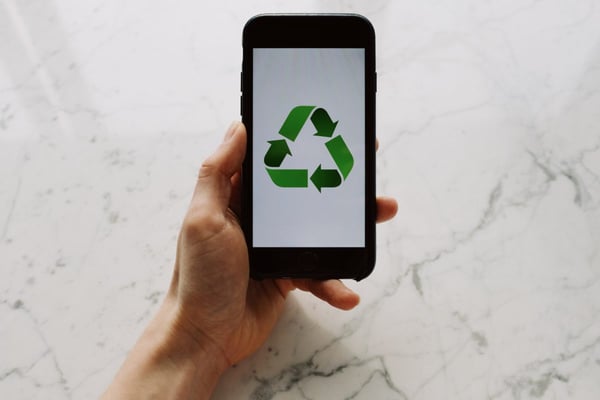Green building has obvious benefits for consumers as well as builders and investors - namely energy efficiency, recycled materials, and environmentally friendly processes and technologies - but there are reasons this growing trend hasn’t become as commonplace as it could be. Below, you’ll find some of the most common challenges of green building.
Firstly, the initial costs of green construction are probably the biggest reason builders and investors turn the other way and stick to more traditional construction methods. Many green building materials can be more expensive than traditional building materials, or, the very aspects that make a build green in the long term can be pricey. Take for example, solar panels; one of the cornerstones of environmentally friendly, sustainable green construction. While solar panels can result in huge energy savings over time, initial costs range from about $40,000 to $75,000. In fact, according to The World Business Council on Sustainable Development, green construction generally costs 17% more than traditional home construction.
Another obstacle is the lack of experienced builders trained in dealing with overall green construction. The demand for green construction is exceeding the number of skilled workers knowledgeable about its specific demands. Of course, when it comes to particular areas of green building - let’s use the example of solar panels again - the company you’ve bought the panels from will likely have the expert installers available - for an additional fee. But in terms of contractors who are adept at dealing with all aspects of a green build, top to bottom, they still remain few and far between.
Lastly, there is the LEED system. LEED, which stands for “Leadership in Energy and Environmental Design” is the gold standard of having a truly green build. It is a global certification system using a series of ratings that determine the environmental efficiency of a building in the following areas: design, construction, operation, and maintenance. Those ratings are further broken down into dozens of specific categories, and each category comes with a different number of points which determine the extent to which a home is green.
While LEED covers everything from large commercial buildings to schools, it has developed a rating system specific to homes - the ‘Leed for Homes’ rating system. The reason this rating system is valuable to builders despite the rigors of passing all of the requirements, is that it can come with many perks. Tax exemptions are the most appealing perk, but depending on which state you're in, other benefits can include grants, reduced costs, free technical assistance, and even expedited permits. A LEED certified home can also be very appealing to potential buyers, giving you a greater return on investment. The average LEED certified home uses 20-30% less energy than a traditional home, resulting in direct, repetitive savings for the consumer. Furthermore, if your building project encompasses numerous homes or multi-unit dwellings, the LEED system has categories that can be applied to entire neighborhoods. Points can be gained with things like proximity to schools, the availability of recycling systems to residents, and even whether or not bicycle storage exists. There are also separate points given to interior features and exterior features, allowing you to further expand your green certification potential.
While challenges of green building do exist, there are certainly many benefits that make embarking on this type of project worthwhile!

Recent Posts
- Spec Home Loans: Complete Guide to Construction Financing for Builders
- Spec Construction Loans: A Spec Line of Credit Is Worth the Paperwork
- Spec Homes and Pre-Sale Homes: Relative Benefits for a Spec Builder
- Spec Construction Success: Insights for the Investor Builder
- How Is a Spec House Different From Other Kinds of House Construction?
